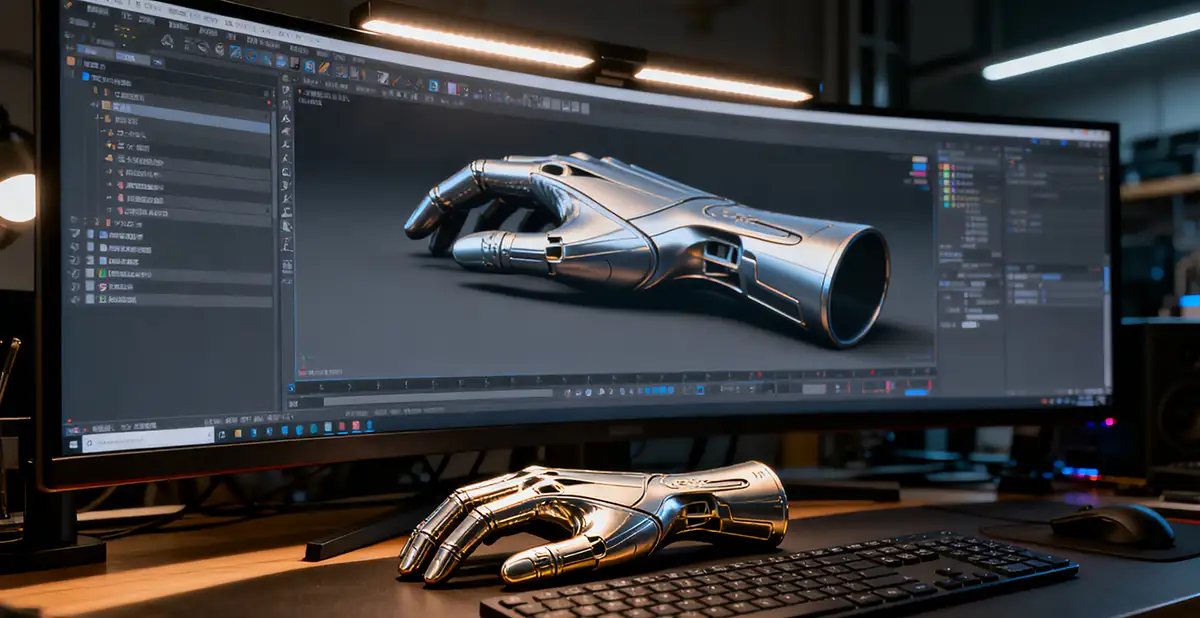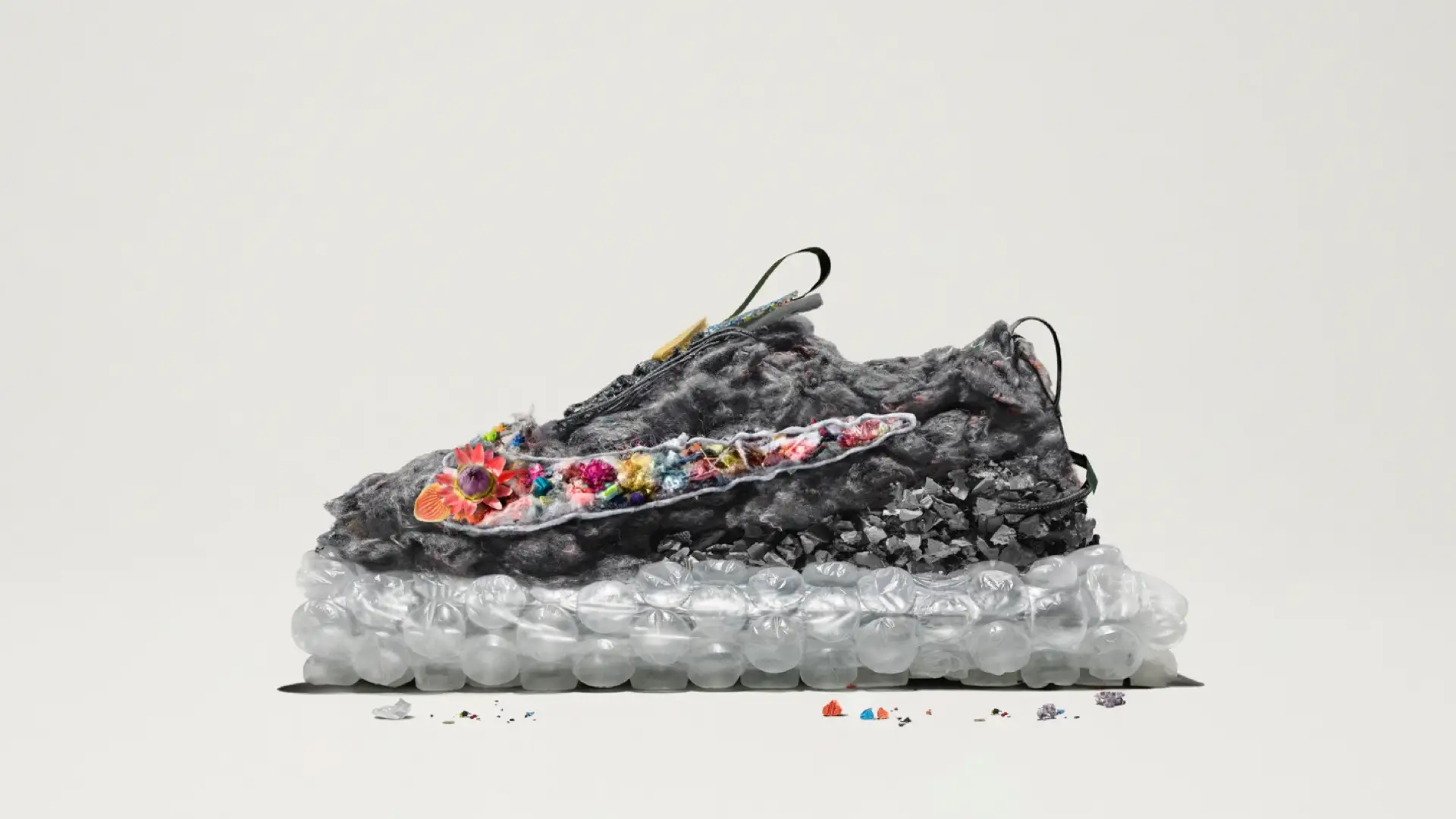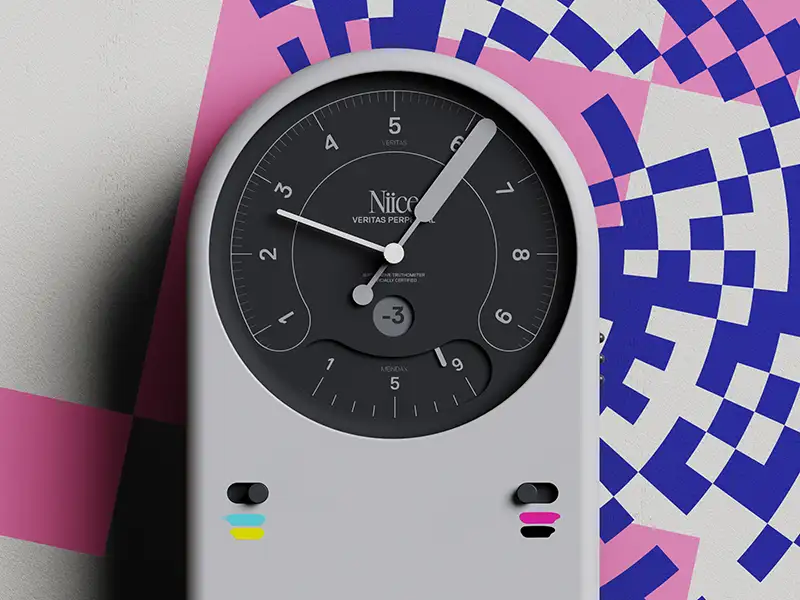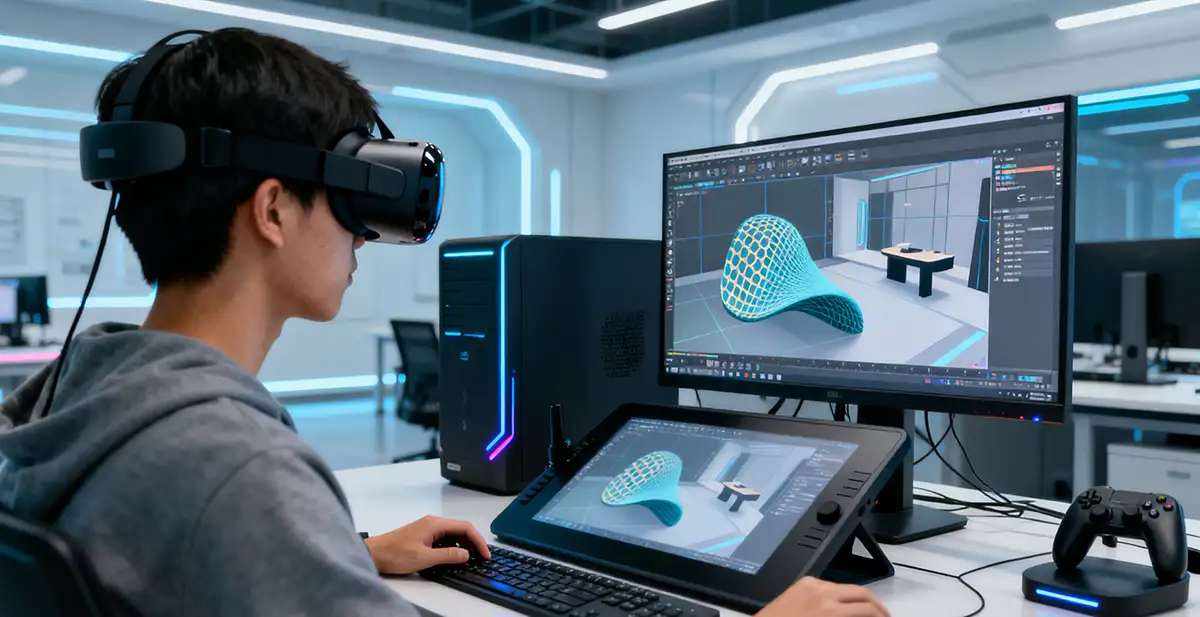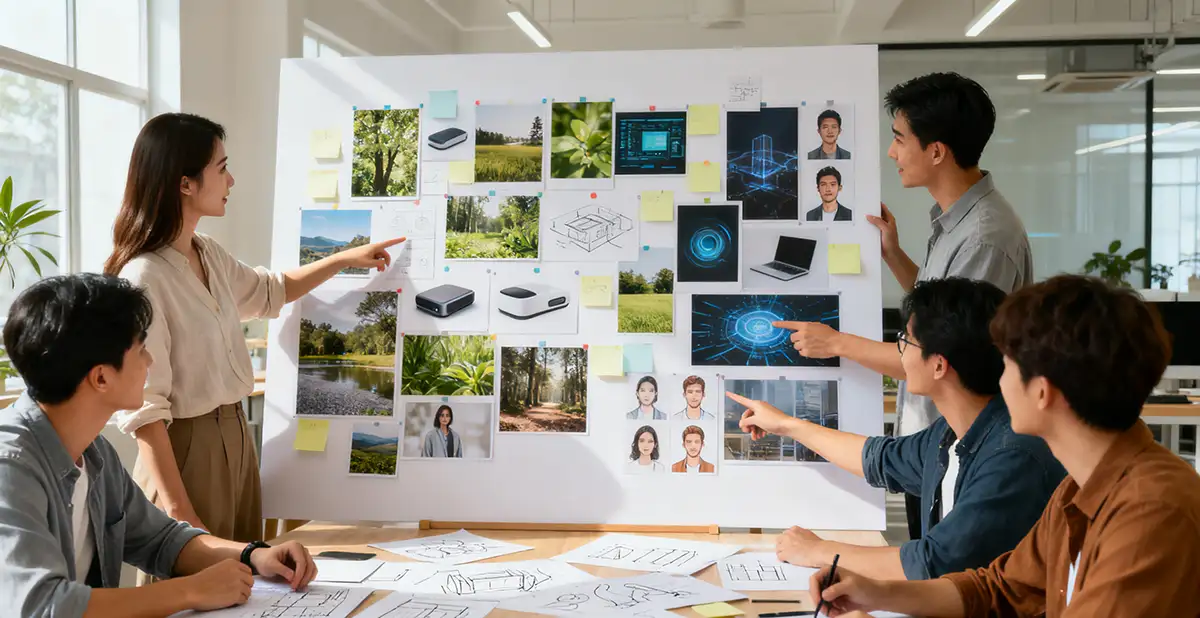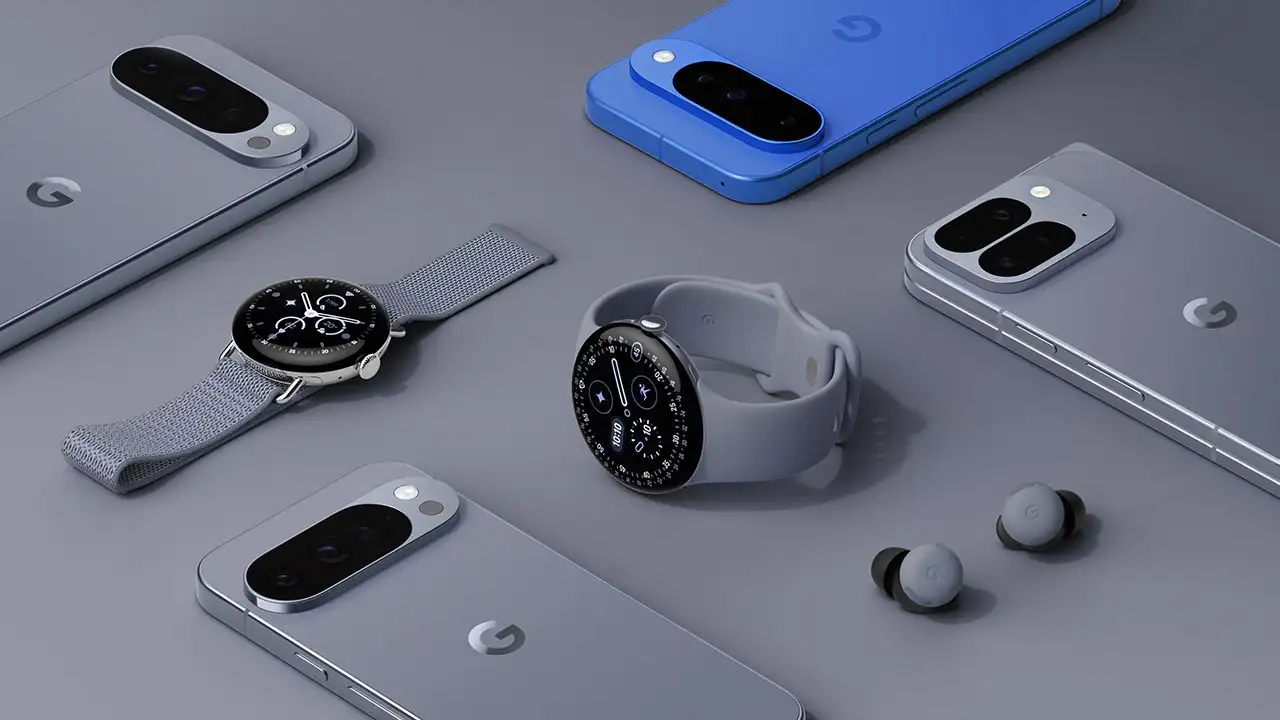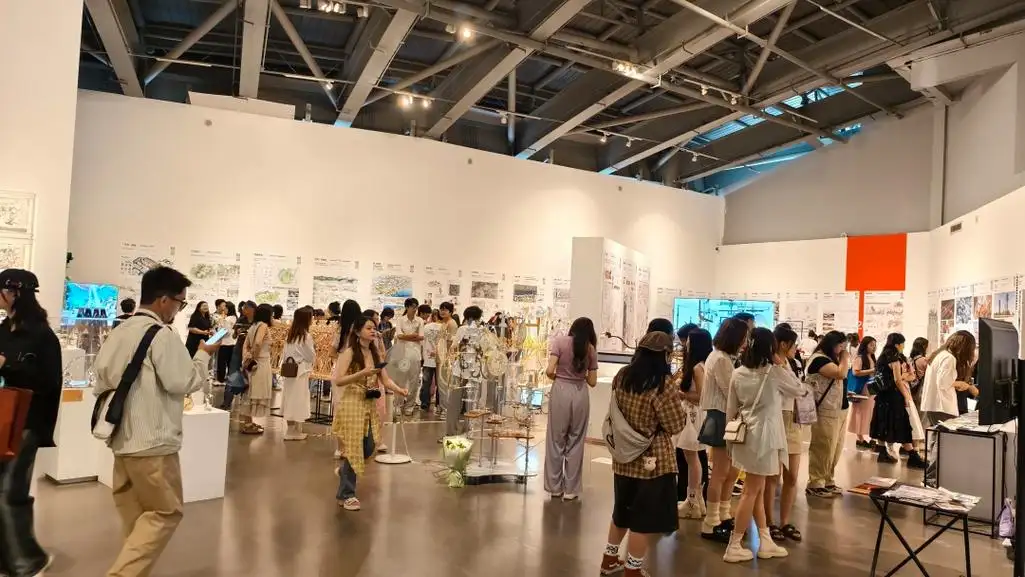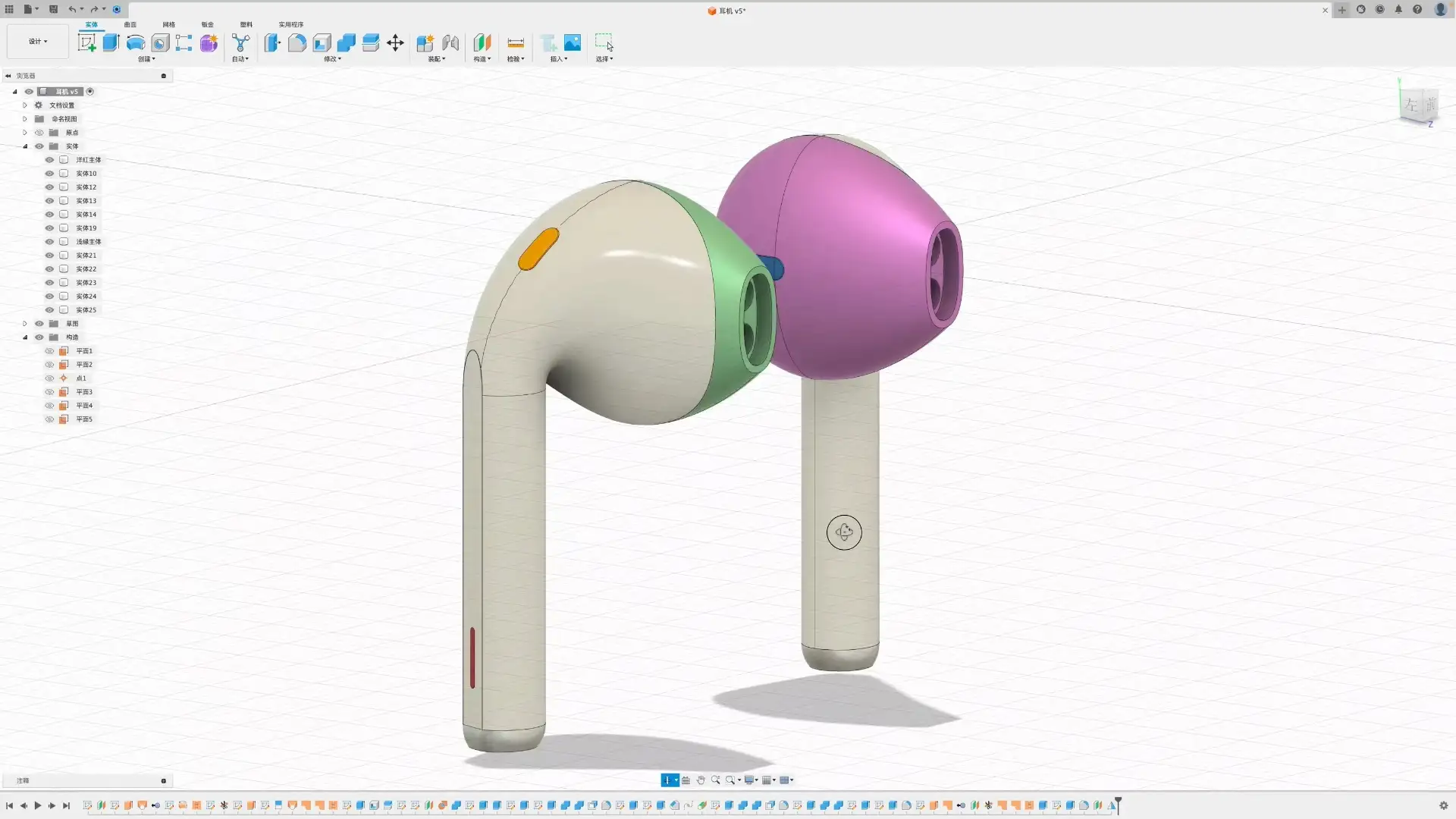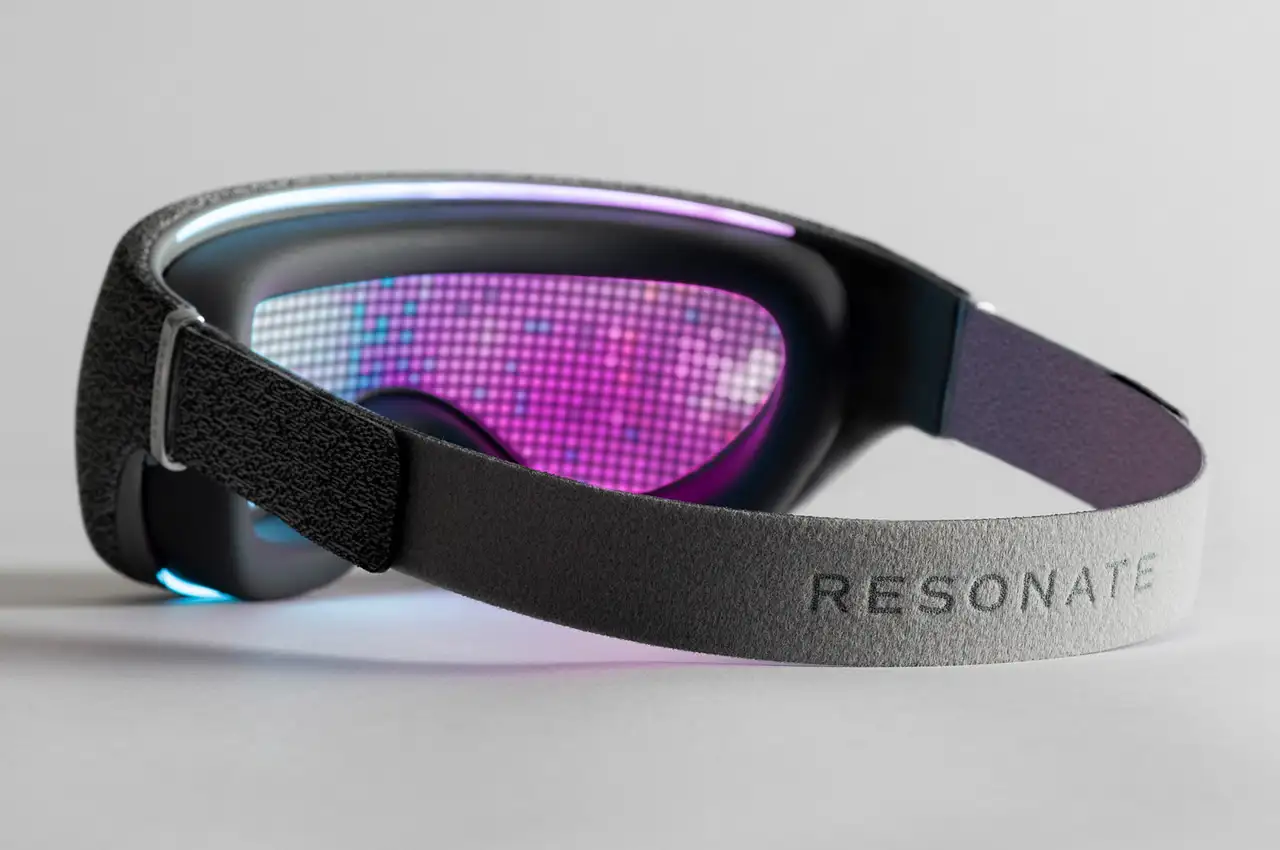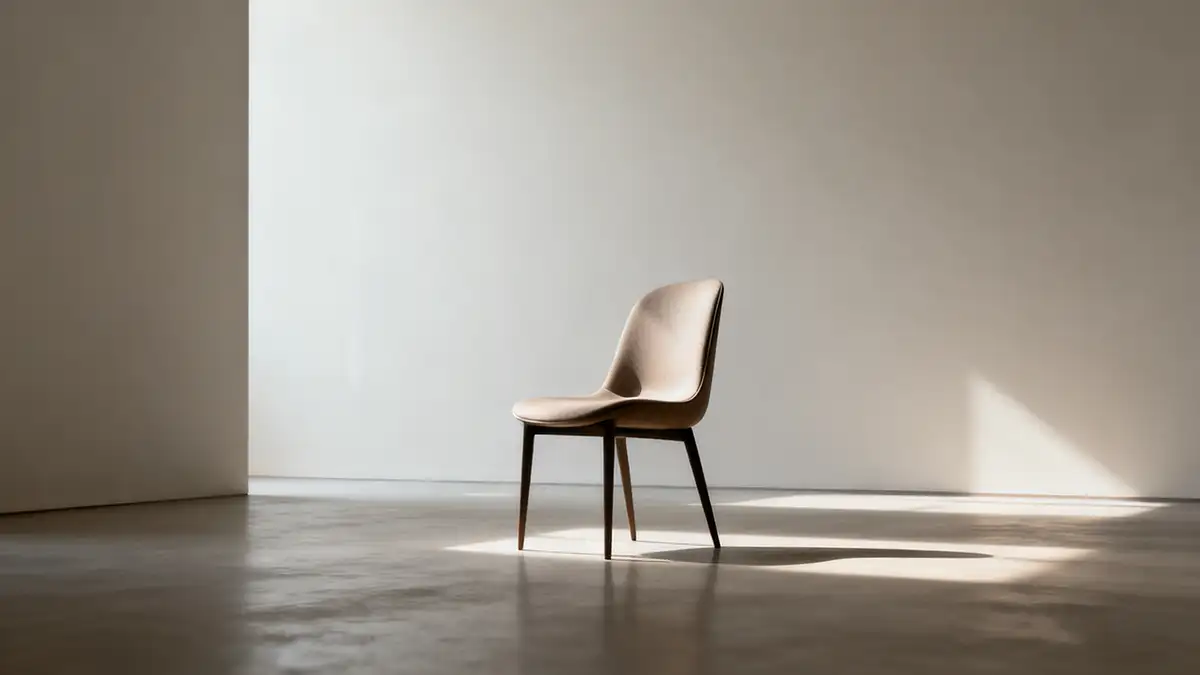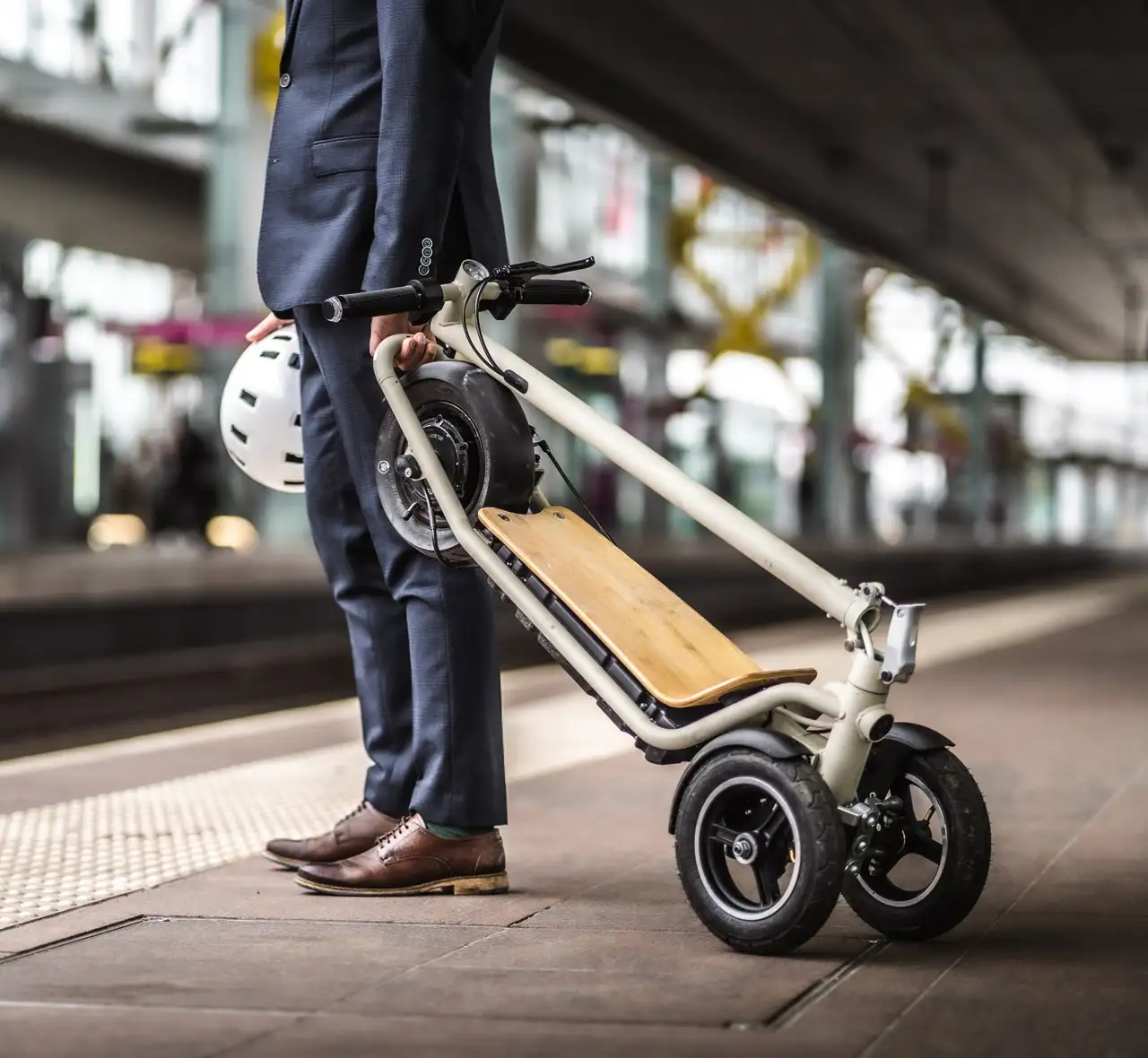NINEIDEA:如何保持工业设计审美在线:别让眼睛闲着,更别让脑子固化。分享几个接地气的实操方法,尤其适合深圳这种快节奏的设计环境:
1. 把「刷手机」变成「有效输入」
少看泛内容,多钻垂直领域:
别只刷小红书 / 抖音的泛家居、美妆内容(虽然好看但太碎片化),重点看 Pinterest 工业设计分区、Behance 的 Product Design 标签,关注 50 个以上国际工业设计师(比如德国的 Konstantin Grcic、日本的深泽直人),定期翻他们的作品找「克制感」和「细节张力」。
深圳本地可以关注 DME 东莞国际设计周、高交会的设计展区,现场看真机真模型,比看图片更能感受材质和比例(比如 2024 年展的某折叠屏手机,真机的转轴弧度和图片完全不一样)。
建立「灵感弹药库」:
用 Eagle 或 花瓣 按「材质」(金属 / 塑料 / 玻璃)、「工艺」(阳极氧化 / 注塑 / 编织)、「风格」(极简 / 复古 / 赛博朋克)分类存图,每周花 1 小时整理,删掉过时的案例(比如 2020 年流行的渐变色现在可能已过气),保持库内都是近 2 年的前沿设计。
2. 「反直觉」观察生活,偷藏在日常里的设计密码
逛超市比逛美术馆更有用:
去深圳的 Ole 超市、KKV,盯着货架看 30 分钟:
看饮料瓶:为什么可乐瓶身有凹凸纹?是为了防滑还是成本控制?
看小家电:戴森吹风机为啥是圆柱形?戴森吸尘器为啥把电机露在外面?这背后是「功能即美学」的设计逻辑。
看日用品:无印良品的垃圾桶为啥卖得贵?因为弧度、开口角度、塑料厚度都经过人体工学计算,「简单」背后是精准的数据支撑。
坐地铁、逛商场时「解剖」产品:
看到有人用新手机 / 背包,悄悄观察:
材质:是哑光还是亮面?触感如何?(深圳华强北的电子展能摸到最新的表面处理工艺样品)
交互:按键位置是否顺手?充电口藏在哪?有没有反人类设计?(比如某品牌耳机充电仓盖太松,用户总担心掉出来,这就是审美与功能的失衡)
3. 用「跨界打劫」打破审美僵局
从非工业领域偷灵感:
建筑:深圳的大疆天空之城、春笋大厦,看建筑的「体块切割」和「光影比例」,用到产品轮廓设计(比如把建筑的悬挑结构转化为耳机的耳挂弧度)。
时尚:关注深圳本土设计师品牌(如 UMA WANG),看服装的「褶皱」「叠穿层次」,用到产品的材质拼接(比如布料 + 金属的混搭设计)。
汽车:去深圳湾万象城的特斯拉展厅,摸 Model 3 的内饰,看「极简到极致」的设计如何平衡科技感和温度(比如一块大屏代替所有按键,但保留了实体方向盘,这就是「克制的创新」)。
玩点「不务正业」的爱好:
比如摄影(学构图和光影)、拼乐高(练结构思维)、甚至玩《动物森友会》(里面的家具设计很有启发性),审美是相通的,别把自己困在「工业设计」的盒子里。
4. 用「甲方思维」反向逼自己进化
主动接「难搞」的项目:
深圳很多初创公司会提「又要便宜又要高级感」的需求,这时候别抱怨,把它当挑战:
比如预算有限,如何用普通 ABS 塑料做出「像金属」的质感?(答案:哑光喷涂 + 细纹路,成本比金属件低 80%,但视觉接近)
客户坚持要「花里胡哨的功能」,如何用设计让它不 low?(答案:把多余功能隐藏在几何线条里,比如某儿童相机的拍照键做成卡通造型,但整体保持几何体块,丑萌中带点克制)
定期复盘「失败案例」:
翻出自己曾经觉得「很满意」但市场反馈差的项目,用现在的审美重新分析:
哪里用力过猛?(比如为了炫技加了没必要的曲面,导致模具成本飙升)
哪里忽略了用户真实需求?(比如设计办公椅时只追求外观,没考虑久坐的腰部支撑)
审美提升往往不是因为看了多少好作品,而是看懂了多少「坏作品」的问题。
5. 混进「审美在线」的圈子,让环境逼你变挑剔
别只和设计师玩:
多认识深圳的独立摄影师、纹身师、策展人,甚至程序员(他们对「极简」的理解很独特),听他们聊美学观点,你会发现工业设计之外,审美有无数种解法。
参加「反常规」的活动:
比如深圳的独立艺术展、小众音乐节、复古市集,看「非商业」的审美如何表达。举个例子:某工业设计师看了一场蒸汽波艺术展,把「复古像素风」融入智能音箱的 LED 屏界面,结果成了品牌的差异化卖点。
最后敲个重点:审美在线≠追求「高大上」
在深圳这种务实的制造业环境里,真正厉害的审美是:
能把 50 元成本的东西做出 200 元的质感(比如安克的充电头,用哑光黑 + 细磨砂纹路,比同价位产品看起来高级);
能让技术感不冰冷(比如大疆的农业无人机,在硬朗的机身线条中加入柔和的倒角,平衡科技与亲和力);
能在同质化中找到 0.1% 的差异(比如深圳某品牌的筋膜枪,别人都做圆柱形,它把握柄做成六边形,防滑又独特)。
别让你的审美停留在「好看」,要扎进「为什么这样设计」的底层逻辑里,
看多了、摸多了、踩坑多了,审美自然会「长」在你的骨头上。
How to Maintain Industrial Design Aesthetics Online
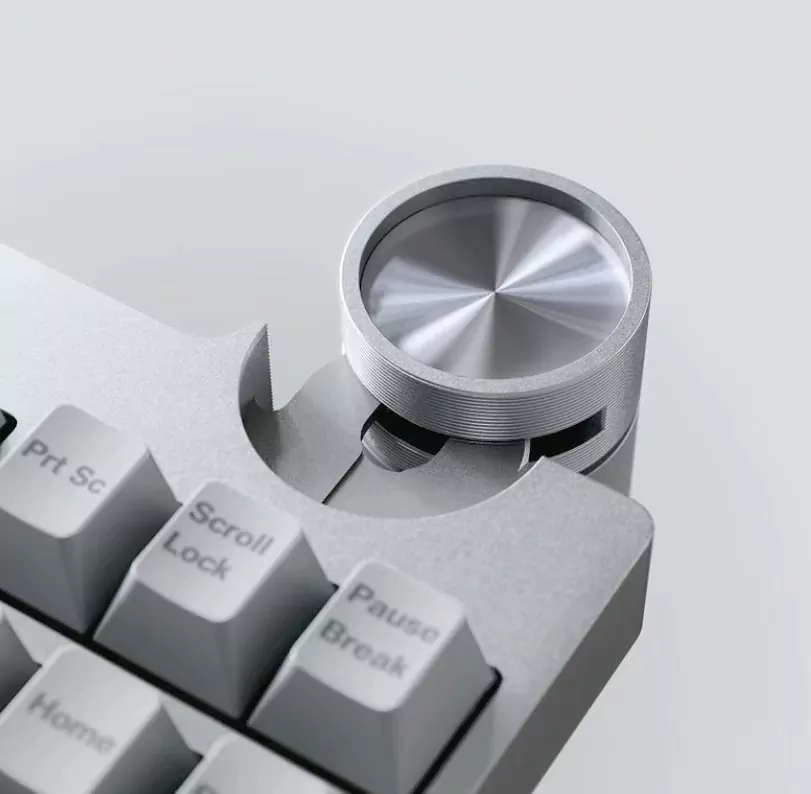

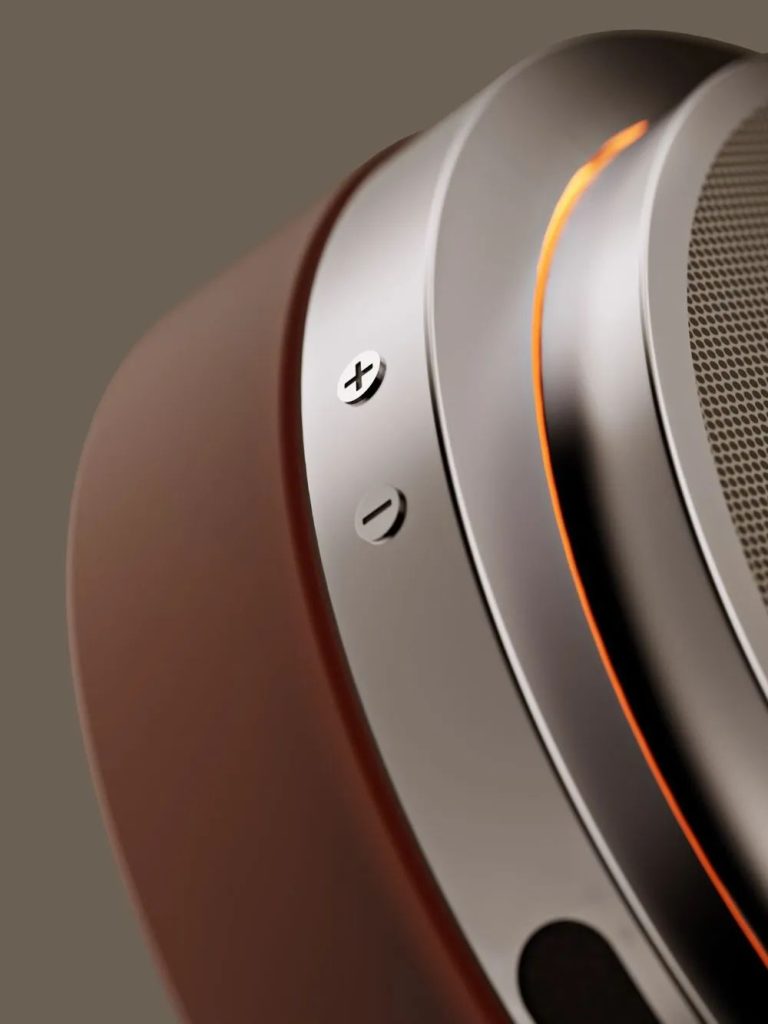

NINEIDEA: How to keep industrial design aesthetics online: Don’t let your eyes idle, and don’t let your mind solidify. Share a few practical methods that are grounded, especially suitable for fast-paced design environments like Shenzhen:
- Change ‘flashing phone’ to ‘valid input’
Read less general content and explore more vertical fields:
Don’t just use the little red book/Tiktok pan household and beauty content (although beautiful but too fragmented), focus on Pinterest industrial design division, Behance’s Product Design label, pay attention to more than 50 international industrial designers (such as Konstantin Grcic in Germany, and Sunzawa Zhiren in Japan), and regularly search their works for “restraint” and “detail tension”.
Local visitors in Shenzhen can pay attention to the design exhibition areas of DME Dongguan International Design Week and High Tech Fair. Watching real models on site can provide a better understanding of materials and proportions than looking at pictures (for example, a folding screen phone from the 2024 exhibition has a completely different shaft curvature from the pictures).
Establish an ‘Inspiration Ammunition Depot’:
Use Eagle or flower petals to categorize and store images based on “material” (metal/plastic/glass), “craftsmanship” (anodizing/injection molding/weaving), and “style” (minimalist/retro/cyberpunk). Spend one hour per week organizing and deleting outdated cases (such as the gradient color that was popular in 2020 and may have become outdated now), keeping the library full of cutting-edge designs from the past two years.
- “Counter intuitive” observation of life, stealing design codes hidden in daily life
Shopping in supermarkets is more useful than visiting art museums:
Go to Ole Supermarket in Shenzhen KKV, Staring at the shelf for 30 minutes:
Looking at beverage bottles: Why do cola bottles have concave and convex patterns on the body? Is it for anti slip or cost control?
Why is the Dyson hair dryer cylindrical? Why does the Dyson vacuum cleaner expose the motor outside? Behind this is the design logic of ‘functionality equals aesthetics’.
Looking at daily necessities: Why are MUJI trash cans sold expensive? Because the curvature, opening angle, and plastic thickness are all calculated ergonomically, “simplicity” is supported by precise data.
Dissecting products while taking the subway or shopping:
Seeing someone using a new phone/backpack, quietly observe:
Material: Matte or glossy? How does it feel? (Shenzhen Huaqiangbei Electronics Exhibition offers access to the latest surface treatment process samples)
Interaction: Is the button position convenient? Where is the charging port hidden? Is there any anti human design? (For example, the charging compartment cover of a certain brand of headphones is too loose, and users always worry about it falling out, which is an imbalance between aesthetics and functionality)
- Breaking the aesthetic deadlock with ‘cross-border robbery’
Stealing inspiration from non industrial fields:
Architecture: Shenzhen’s DJI Sky City and Chunsun Building, observe the “block cutting” and “light shadow ratio” of the architecture, and use product contour design (such as transforming the cantilever structure of the building into the ear hook curvature of headphones).
Fashion: Pay attention to local designer brands in Shenzhen (such as UMA WANG), observe the “folds” and “layering” of clothing, and use the material splicing of products (such as the mixed design of fabric and metal).
Car: Go to the Tesla showroom at Shenzhen Bay MixC, touch the interior of Model 3, and see how the “minimalist to extreme” design balances technology and temperature (such as a large screen replacing all buttons but retaining the physical steering wheel, which is “restrained innovation”).
Play some hobbies that are not focused on one’s main job:
For example, photography (learning composition and light and shadow), Pinlego (practicing structural thinking), and even playing Animal Crossing (the furniture design in it is very enlightening). Aesthetics are interlinked. Don’t trap yourself in the box of “industrial design”.
- Use the “first party thinking” to force oneself to evolve in reverse
Proactively taking on ‘difficult’ projects:
Many start-up companies in Shenzhen have a demand for both affordability and sophistication. Don’t complain, take it as a challenge:
For example, with limited budget, how can we use ordinary ABS plastic to create a “metallic” texture? (Answer: Matte spray coating+fine grain, cost 80% lower than metal parts, but visually similar)
How can we use design to keep the “fancy features” that the customer insists on? (Answer: Hide unnecessary functions in geometric lines, such as making the camera button of a certain children’s camera into a cartoon shape, but keeping the overall geometric block, with a hint of restraint in ugliness and cuteness)
Regular review of ‘failure cases’:
Retrieve projects that you used to feel ‘very satisfied’ with but had poor market feedback, and reanalyze them using your current aesthetic:
Where did you exert too much force? (For example, unnecessary curved surfaces were added to showcase skills, resulting in skyrocketing mold costs)
Where did we overlook the real needs of users? (For example, when designing office chairs, only the appearance is pursued, without considering lumbar support for prolonged sitting)
Aesthetic improvement is often not about how many good works have been seen, but about how many ‘bad works’ have been understood.
- Infamily with the circle of “Aesthetic Online” and let the environment force you to become picky
Don’t just play with designers:
Get to know independent photographers, tattoo artists, curators, and even programmers in Shenzhen (who have a unique understanding of “minimalism”), and listen to their discussions on aesthetic perspectives. You will find that there are countless solutions to aesthetics beyond industrial design.
Participate in ‘unconventional’ activities:
For example, in Shenzhen’s independent art exhibitions, niche music festivals, and retro markets, we can see how the aesthetic of “non-commercial” is expressed. For example, an industrial designer attended a steam wave art exhibition and incorporated the “retro pixel style” into the LED screen interface of a smart speaker, which became a differentiated selling point for the brand.
Finally, a key point: Aesthetics Online ≠ Pursuing ‘High and High’
In the pragmatic manufacturing environment of Shenzhen, the truly impressive aesthetic is:
Can create a texture of 200 yuan for something that costs 50 yuan (such as Anke’s charging head, which looks more high-end with matte black and fine frosted patterns compared to products in the same price range);
Can make the sense of technology not cold (such as DJI’s agricultural drones, which add soft chamfers to the tough body lines to balance technology and affinity);
Can find a 0.1% difference in homogenization (such as the fascia gun of a certain brand in Shenzhen, which others make cylindrical, but the handle is made into a hexagonal shape, anti slip and unique).
Don’t let your aesthetic stay at ‘good-looking’, delve into the underlying logic of ‘why is it designed like this’,
Having seen too much, touched too much, and stepped on too many pitfalls, aesthetics will naturally ‘grow’ on your bones.













